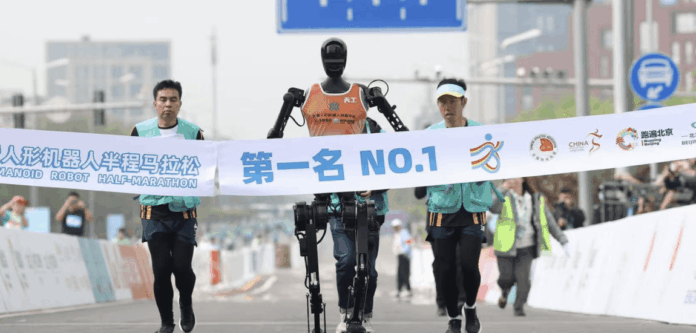The race for the trillion-dollar market for humanoid robots has begun. Thanks to advanced artificial intelligence, general-purpose robots can be transformed into almost any task imaginable in real time. Soon, personal robots will be able to prepare food, clean the house, do laundry, teach children, drive a car, mow the lawn, take care of relatives in need of care, make minor repairs – and much more.
While smartphones have packed many apps into one device, humanoid robots go a step further: they leave the screen and enter the physical world. One model in particular stands out: the Tesla Optimus. It is expected to be available for $20,000 to $30,000 and could set the future benchmark for the industry. The market is on the verge of exploding.
Three challenges – one revolution
- Extremely robust hardwareRobots need to work at human speed and human freedom of movement – flawlessly, day and night. Hardware can never fail.
- Neural network instead of a control systemClassical programming is not enough. Robots need to learn like humans. They need cognitive skills to interpret and react to situations.
“Humanoid robots that are simply bolted to assembly lines do not have artificial intelligence.” - Generalization – the Holy Grail robot should be able to generalize tasks. You have to do things you’ ve never seen before – just by voice command or observation.
“If a robot is fully capable of performing a new task through a neural network, then we have reached the moment of the iPhone.”
Huge demand – lack of supply
If there were 100,000 robots today, it would also be too few, the demand is so huge. Supply chains do not yet exist. Production is just beginning. This is due to the drastic decline in the working-age population of industrialised countries. Robots can close the gap. The top ten manufacturers include well-known names such as Figure, Boston Dynamics and Tesla, but also companies that many people have never heard of. Tesla is in a good position with its robot Optimus. It is driven by its own artificial intelligence and is becoming “smarter” every day.
2025 could be a turning point for humanoid robots. They revolutionize not only work, but also everyday life and can distort human life.
Translated and edited by Alex Kada

